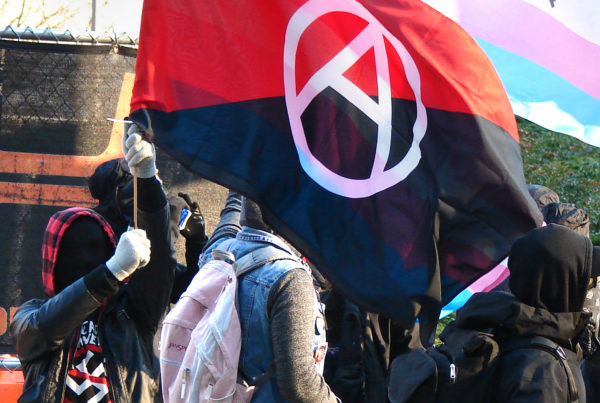Alternative Names:
Groupe Islamique Armée; GIA; Al-Jama’ah al-Islamiyah al-Musallah; Al-Jama’ah al-Islamiyah al-Musallah; Green Khmer; Groupe Islamique Arme; Groupement Islamique Arme; Jama’a Islamiya Moussalaha
Location:
Algeria
During the 1990s, it is also believed that there were GIA cells in France, Belgium, Britain and Italy.
Leadership:
One of the known recent GIA leaders is Antar Zouabri. Information on current leadership is unknown. Zouabri was killed in February 2002 by Algerian Security Forces.
It is believe that his replacement was Rashid Abu Tourab, who was caught by Algerian Security Forces in April 2003. It is unclear who took over following Tourab’s arrest in 2003.
Membership:
Exact membership numbers are unknown; it is currently believed to be fewer than 100.
Funding Sources:
The GIA funds its operations most through criminal activity. It has some marginal support from members in Europe, the Middle East and Central/Southern Asia. There have also been conflicting reports about their affiliation to Al Qaida and whether or not the relationship was a source of funding.
Origins:
In 1992 Algeria’s military government cancelled an election when The Islamic Salvation Front (FIS) was set to claim victory. The backlash from the cancellation saw the formation of several militant groups including the GIA. The GIA was viewed as a more radical militant group who had the reputation for mayhem, murder and targeting anyone even remotely tied to the military or government.
It is thought that many of the GIA’s members can trace their radicalization to Afghanistan, where they fought as mujahedeen against the Soviets from 1979 to 1989.
The group quickly emerged as one of the dominant terrorist organizations in Algeria. By 1994, estimates suggest the group was recruiting upwards of 500 fighters a week.
The GIA’s last attributed attack was in 2005. The group is largely believed to be dormant today.
Major Attacks:
December 26, 1994: Hijacking of Air France airliner. (3 killed)
January 30, 1995: A car bomb detonated outside a police station in Algiers. (42 killed, 286 wounded)
July 25, 1995: Bomb detonated at a Paris Metro station. (8 killed, 80 wounded)
August 17, 1995: Bomb detonated at a different Paris Metro station. (wounded 17 people)
Ideological Roots:
GIA possessed many of the similar ideological characteristics to other Islamist fundamentalist groups: removing foreign influence and the creation of an Islamic state that follows Sharia law.
What differentiated GIA’s ideological beliefs from other organizations was its extreme desire to utilize force. The group showed distain for women, media and foreigners and often targeted members of these groups specifically. In addition, the GIA took a strong stance on neutrality, stating that if an individual or group did not support their cause, they were a target.
Objectives:
The GIA vowed to destroy the secular Algerian government and institute an Islamic state governed by strict Sharia law.
The group also sought to remove foreign influence, and attack these influences in Algeria and abroad.
Tactics:
The weapons utilized by the GIA focused heavily on firearms and explosive devices. Additionally, the GIA often used knives in order to carry out assassinations and beheadings on prominent individuals.
The GIA has been described as being indiscriminately violent toward civilians. Starting in 1992, they conducted terrorist attacks against civilians, sometimes wiping out entire villages. In total the GIA killed tens of thousands of Algerians in their area of operation. Eventually these tactics alienated the group from the Algerian populace.
The GIA carried out attacks against foreigners living in Algeria in 1992. This resulted in the deaths of between 100-120 foreign nationals.
Targets of the group’s assassinations were typically intellectuals, journalists and foreigners both within and outside of Algeria.
Updated on December 11, 2015.







